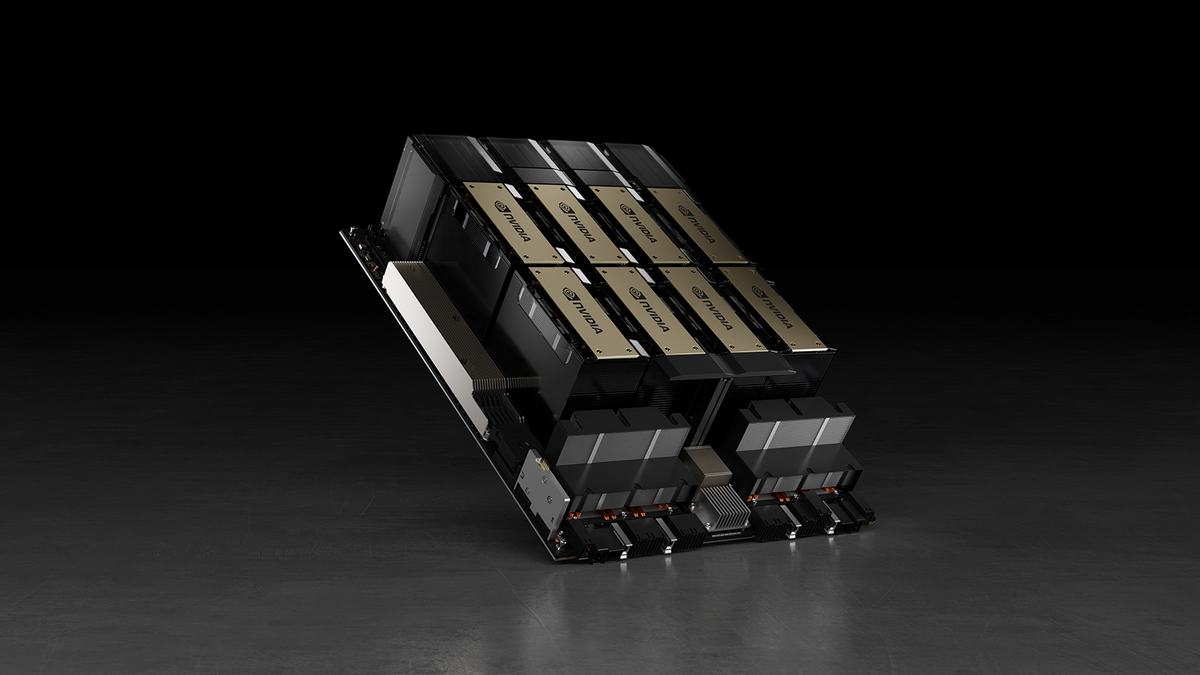Of course some/most of what the YouTuber said must be taken with a grain of salt (he is not a Fab dude). My point was just that we clearly know here what to ignore and filter without creating a show out of that. The model X reference for me was and is autoskip. No reason to waste your time for that twice. Wafers cost a lot, and thousands of wafers are a serious matter when it comes to excursions. It is a big deal.He said it was unlikely to be impacted materially. If he had any clue of what he was talking about he would know that a flaw with the ring bus is completely incompatible with EMR.
Every CPU gets burned in, not some small sample size. With how common the issues seems and the allegation that the problem is a design issue that impacts every RPL die, the probability of not seeing that is basically 0%.
Getting more i9s out of i7s would only matter if intel actually sold many of them. Desktop is like 20% of the CPU market and my bet is that of that 20% less than 10% are i9s. If the problem was binning too many i7s as i9s, why does the desktop i7 also seem to have so many problems.
It is a laughing matter when the information in the video is clearly made up. I explained why that quote 3 is absurd, if you don't want think critically about that information that is your prerogative. Personally I think I would notice the temperature in my fab being like 20 deg F hotter than normal. So if you want to believe that a totally real "source" couldn't even tell you if the HVAC system is working again (over a year after the alleged outage) that is your lose not mine. He could have made up literally any other cause for oxidation and it would be far more believable than what he rolled with.
I know one who is laughing right now. To ground your understanding anyone who says an N5 wafer is priced near 20k has actually no clue what they are talking about or any inside information since the actual price is closer to half of that. For his "source" to claim an intel 7 wafer costs 70k proves without a shadow of doubt that there is no source. As I stated the comments got even more absurd and detached from reality as he went on.
The 13th/14th gen issue is real and you are right it isn't a laughing matter. However this ad-lib of a video is nothing but a laughing matter. When the theory has so many logical holes and has information that obviously false I have no reason to take anything in that video seriously.
Now, I can add few things about your replies instead. Not sure why you specifically mentioned the environment temperature, that is clearly the least of the problems usually. Pressure, humidity and air contamination are way more critical of course. And if you believe that the N2 boxes are enough to protect wafers forever, think twice please. There are a crazy amount of tight queue times and staging times in the process flow, so every little variation is critical. Not saying that was the cause, but you can't rule that out saying it is not possible, cause it could definitely be. Sure, I would have expected a production equipment as source of the via oxidation too. That said, I wouldn't focus that excursion too much for now. I would just like to know the dates. If they say the issue was fixed, probably it was fixed, no reason to question that. The other thing you said about the burn in of all CPUs is absolutely false. You/we were talking about the stress tests (aging simulation), like the TS, and I suppose you know that those are destructive ones, so shipping material can't be put under reliability checks. If you mean instead Sort and Parametric, those are just time zero functionality tests. Sampling rate is 100% but there is no way to catch degradation issues there (that's why we need the reliability ones).You just bin wafers and chips according to yield and performance.
When I say marginal material, I just mean that the process/device was fine for the previous generation requested performance, but it might not be for Raptor Lake instead. 6.2 Ghz, 1.72V, 100 C, those are numbers never touched by 12th generation CPUs.

